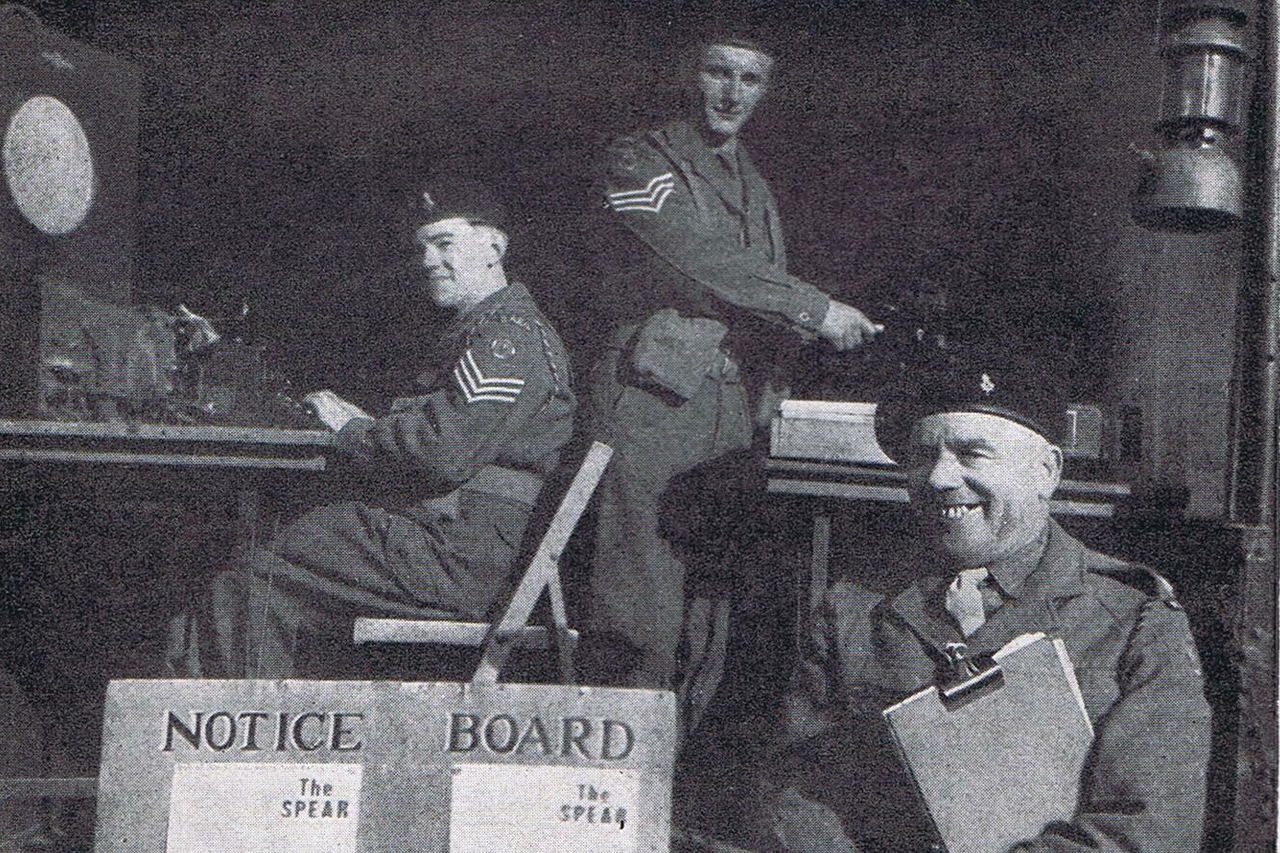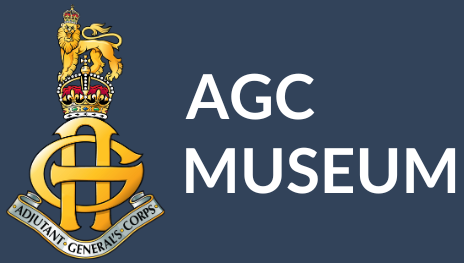
HISTORY OF EDUCATION
The first teachers in the Army were ‘capable’ non-commissioned officers- those who had a better education than the average soldier- who were selected to teach as Sergeant or Regimental Instructors. The first trained teachers were the Corps of Army Schoolmasters (CAS), formed in 1846. The same year the Queen’s Army Schoolmistresses (QAS) was formed to care for infants and female students. At the same time, Certificates of Education were introduced, and needed to draw full pay or to be promoted. In 1849 compulsory education during basic training was introduced. By the late 1800s civilian teachers and soldiers with recommendations were allowed to join the Corps.
During the First World War the CAS were a non-combatant corps, but provided talks, newspapers and libraries in rest areas along with the Red Cross and YMCA. They also ran unofficial education schemes in the UK, as there was no resettlement scheme until late 1918. The scheme, created by Major, the Lord Gorell, was aimed to raise morale, promote citizenship and assist in finding work. It was undertaken in training time and there was no discrimination by rank.
In June 1920 the Army Educational Corps (AEC) was formed to deliver the resettlement scheme and army education after the wartime scheme ended. The members were no longer classed as non-combatants, with their original wartime role to be the maintenance of well-being in units, and during peacetime to engage in an advisory role and specialist teaching. By the 1930s the Corps was mainly involved in literacy and numeracy skills and were involved in the development of the Indian Army. Their wartime role evolved to allocation in headquarters to act as cyphers.
With the declaration of war, the AEC was nearly disbanded. Members were transferred to headquarters to do cypher work on signal traffic. However, after Dunkirk a majority of the army were back in the UK with very little to do. Working with local authorities, colleges and universities, lectures, talks and courses were provided to soldiers as part of the Haining Scheme. In 1941 the Army Bureau of Current Affairs or ABCA was created to explain why the war was being fought and to provide news from theatres of operation. The AEC were at D-Day muster points with activities to keep the troops busy. After D-Day they provided troops with newssheets, set up study centres and education centres behind the lines. At the end of the war the AEC created and implemented the Period Release Scheme, an expansive resettlement scheme for the British and colonial troops.
The title “royal” was given to the AEC in recognition of their war work. The post-war duty of the Corps included voluntary education for promotion, resettlement training, and the education of national servicemen. In 1963 the RAEC became all-officer. On operations they created newssheets and other morale boosting activities, acted as intelligence officers, provided education support for personnel, and acted as interpreters.
The Royal Army Educational Corps was disbanded with the formation of the Adjutant General’s Corps in April 1992.




